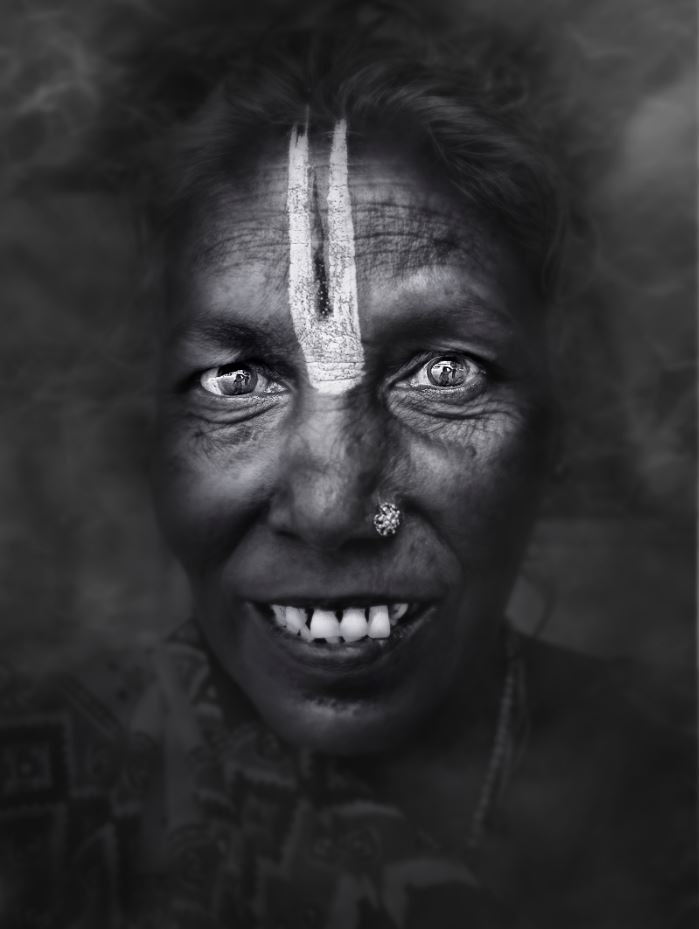
Life is a constant transition between two extreme states of Pravritti and Nivritti, challenging us to discover our balancing sweet spot. These two states of life are integral to the Indian philosophical systems.
Pravritti – A state of attraction, physical or mental, whereby observer identifies with worldly entaglements.
Nivritti – Total withdrawal of action, physical or mental, whereby observer fails to identify with worldly entaglements.
As a practicing Sikh, at community wedding ceremonies, time and again I hear the singing of the hymn by Guru Ramdas from page 773 of Adi Granth. The entire hymn is a journey of spiritual advancement, starting from the state of Pravritti towards discovery of ones higher being.

I find it interesting that the state of Nivritti, which finds mention elsewhere in Adi Granth, is not incorporated in this particular hymn about the journey of spiritual transformation. Probably because the state of total withdrawal, which many Indian traditions believe to be a must for achieving salvation, results in total renunciation from community affairs, making such people a comatose (unconscious of the society). Running away from society is rarely an effective strategy. The demoralized usually collect dispirited results from their withdrawal. It does not mean that the philosophy of Nivritti has no place in the tradition. Exclusion of this word in the wedding ceremony hymn is a pointer to much deeper philosophical message.
“When ones interest in worldly activities drop by itself, one will automatically move to the path of Nivritti, renunciation from the worldly pursuits. Until then there will remain no end in the pursuit of Pravritti. Meaningful life is about finding that sweet spot, where neither the worldly entanglements, nor the withdrawals effect the balanced state of being.”
Photographically, as I worked with a model, leveraging bright fabrics and make-up, it reminded me of the state of Pravritti, the worldly entanglements of projections one needs to make to be of relevance in the society.

On the other hand, during a visit to Gorakhnath Temple at Gorakhpur (India), I came across renunciates. Photographing one such lady, reminded me of the state of Nivritti, or comatose.


Comments(8)
harbans singh says:
May 5, 2014 at 11:30 AMinteresting comparison of the two models!
Surupa Chatterjee says:
May 5, 2014 at 1:57 PMLoved the contrasts….by explanation and the photographic capture leaving us bewildered and in profound thought over the question where do we stand….
Muktinder Singh says:
May 5, 2014 at 2:07 PMThis is great attempt to photographically explain the Philosphy
Sukhbir Sahni says:
May 6, 2014 at 8:58 PMKya baat hai Sir ji. Needs more introspection
Brig Prabjot Singh(retd) says:
May 8, 2014 at 2:23 AMThanks, I got the meaning.
Bhuvan says:
September 6, 2016 at 10:26 PMGood one sir…
Paramjit Singh says:
September 7, 2016 at 2:23 PMI enjoy all the messages and ezspecially photo sent relating to your blog.
You may wish to review the usage of term Adi Granth for Sri Guru Granth Sahib. We all know that back in 1708 there was a transformation from earlier term to later term.
kishore kumar biswas says:
December 12, 2016 at 1:35 AMTwo words ” asakti ” and ” bairagya ‘ are also reflects the road map of the journey of human soul according to Indian philosophy . It speaks of the stage of addiction to the ” desire ‘ and the ” indifference ‘ to the same . Indian tradition told us many ways to be in this journey .
Amardeep Singhji with his artistic innovation explained the essence of that realization visually, with his signature excellence in photography .
Thanks to him for enriching us .